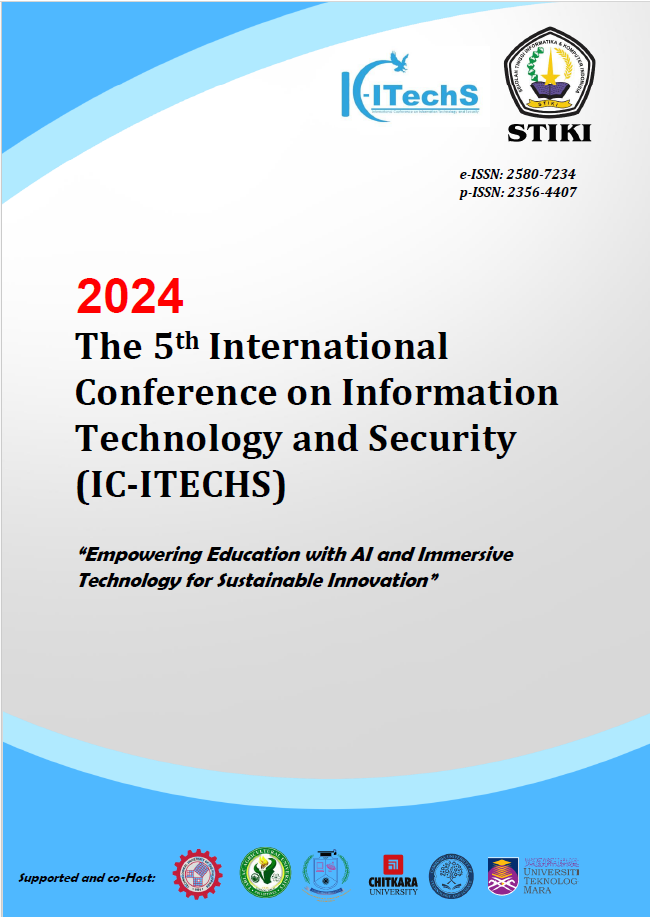Leveraging AI and Data Science to Increase Student Engagement through Interactive Learning
##plugins.themes.bootstrap3.article.main##
Abstract
Student engagement in the learning process is often a challenge, especially in modern educational environments that require adaptation to interactive technology. This research aims to explore the application of artificial intelligence (AI) and data science in increasing student engagement through interactive learning. This research uses quantitative methods with a descriptive approach, analyzing participation data, system interactions, motivation, age and education level from 50 students at the upper secondary level. The results showed that the average frequency of student participation reached 12.86 times per week with a standard deviation of 4.19,indicating that although the involvement of most students was quite high, there was still significant variation. Learning system interactions had an average of 27.8 times, indicating that
students actively utilized available technology, with a minimum of 10 times and a maximum of 49 times during the observation period. In terms of student motivation, the average Likert score is 4.02 on a scale of 1–5, indicating a high level of motivation, with a maximum score of 4.94. The average age of students is 15.38 years, with the majority being in grade 12, according to the mode in the education level variable. Further analysis shows that these variables have a positive correlation in supporting student engagement. This shows that the use of AI-based technology can encourage students to be more actively involved in learning, while maintaining their high levels of motivation. This research concludes that the application of AI and data science can be an effective solution to increase student engagement, especially if the system is designed personally and adaptively according to individual characteristics.

